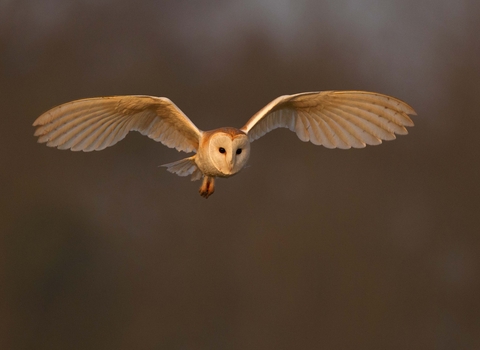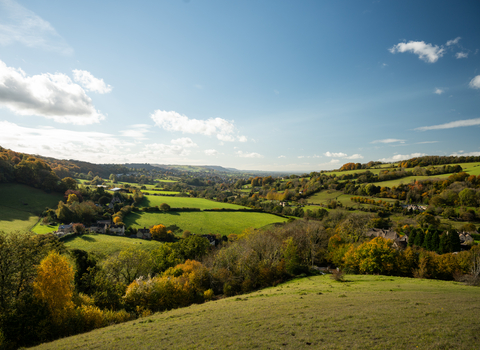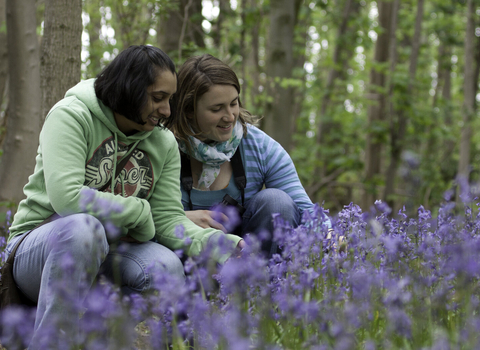To ensure we have the biggest possible impact for nature, we've tweaked our approach so we can continue to work at scale and put nature into recovery.
The 2019 State of Nature Report reiterated that declines in biodiversity are continuing and alarmingly, may in some cases be accelerating. Extinction rates are far above baseline rates and, if long-term declines in bio-abundance are not addressed, there will be mass extinctions that could undermine the functioning of ecosystems. There is increasing consensus that we are in an ecological emergency and significant change is needed in the next ten years to address this.
Ten years ago, the landmark ‘Lawton Report’ called for UK conservation to shift its focus to increasing the size of wildlife sites (bigger), improving the quality of the habitat they contain (better) and work to connect them across landscapes (more joined up). In 2018, the Government’s 25-Year Environment Plan committed to delivering ‘Nature Recovery Networks’ (NRN) and GWT has led the production of Gloucestershire’s.
For Wildlife Trusts, nature reserves will always be a cornerstone of delivering nature’s recovery, but nature reserves alone cannot save Gloucestershire’s wildlife. To address the ecological emergency, we're set to dramatically increase the amount of land we manage for wildlife. However, some nature reserves are too small to ensure the long-term survival of the species for which the land was granted protection. This is where Nature Recovery Zones (NRZ's) come in. To ensure that we continue to have the biggest possible impact for nature’s recovery, we focus our work on nature reserves and the wider landscape inside these Zones.
Within these Zones, GWT will work to expand and connect nature reserves through land acquisition and by working with surrounding farmers, landowners, and communities. This move will significantly increase the ability of GWT’s estate to deliver the ‘bigger, better and more joined up’ approach. The total area covered by NRZ's is a vast 69,000 hectares, and this new approach will enable us to increase the amount of land managed for wildlife through its work from 1,078 hectares to more than 2,000 hectares.
The selection of NRZ's is guided by our Nature Recovery Network, which shows us where wildlife-rich areas currently are, as well as where the most significant opportunities exist for delivering nature’s recovery at scale. This helps to ‘connect up’ large areas for wildlife and effectively creating ‘super reserves’.
It is crucial that GWT makes the best use of the available resources to deliver bigger, better and more joined up places for wildlife. NRZ's provide huge opportunities to restore whole ecosystems, rather than just caring for individual fragments, as well as enabling the Trust to deliver more work in partnership with farmers other conservation organisations.
It’s an approach that means both maintaining nature reserves in a favourable condition as well as working closely with neighbouring landowners to create much larger wildlife-rich areas. In a few locations we have entrusted like-minded partners with the management of a small number of nature reserves to enable GWT to prioritise our work elsewhere.



